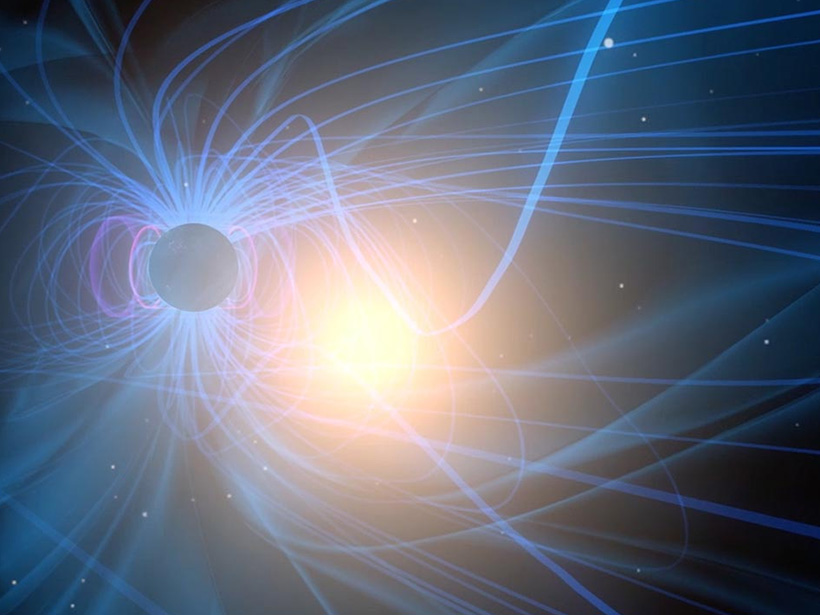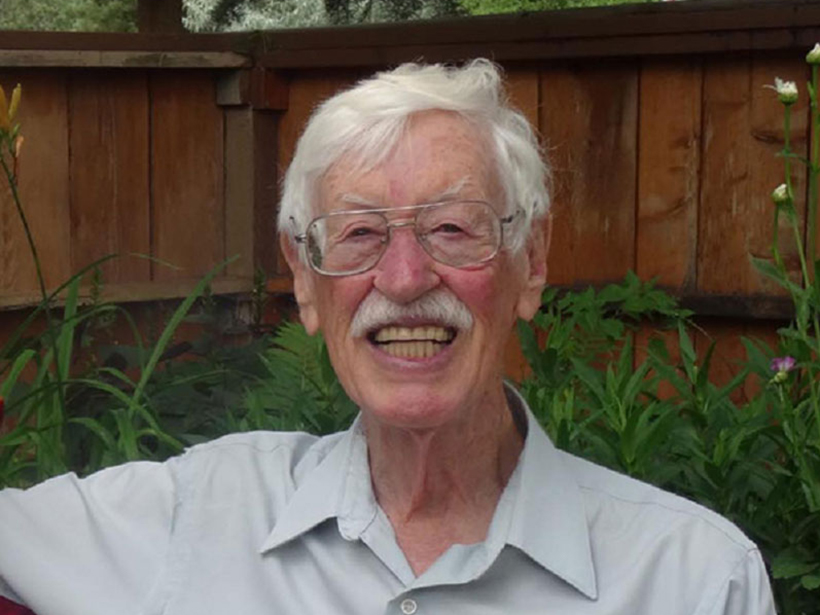Charged particles escape our atmosphere following Earth’s magnetic field and constitute a main source of matter that modulates Sun-Earth interactions.
T. E. Moore
Posted inNews
David S. Evans (1936–2016)
Evans, a pioneer of auroral physics, changed the way scientists thought about the aurora and magnetic fields and guided a new generation of researchers.


